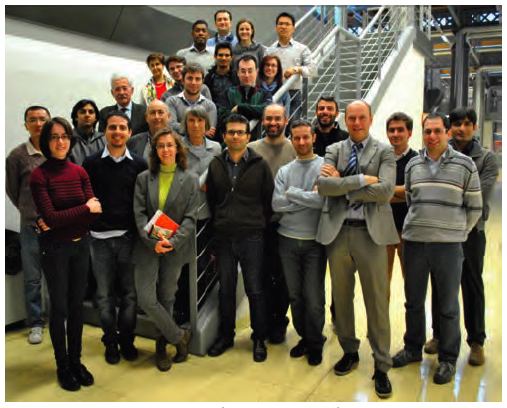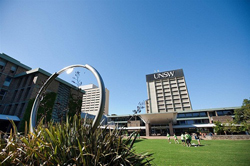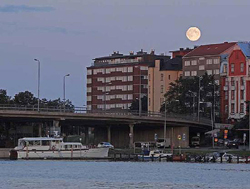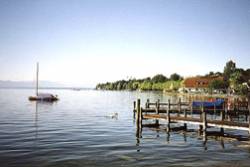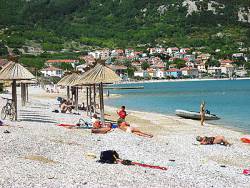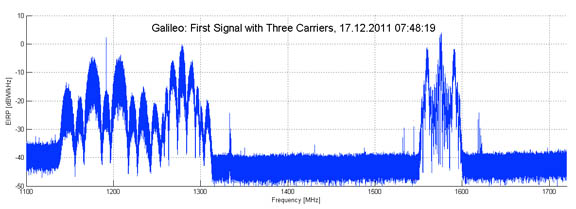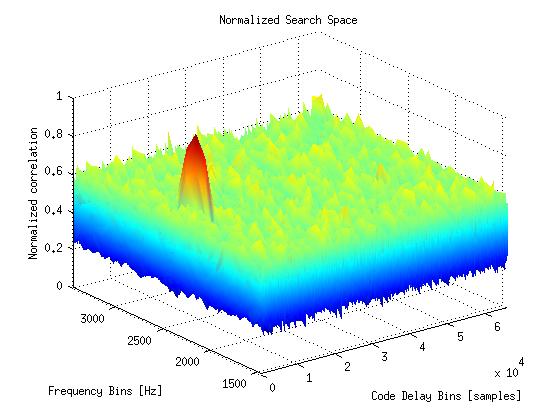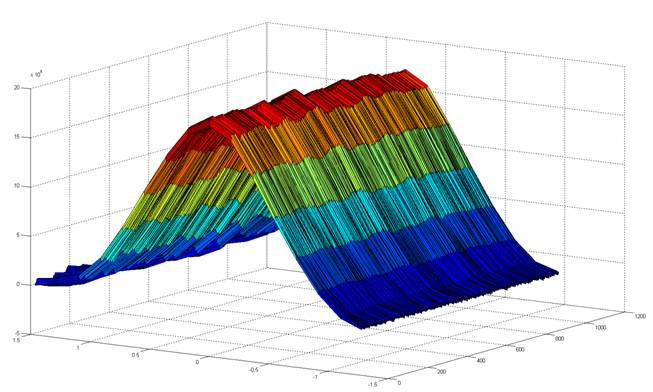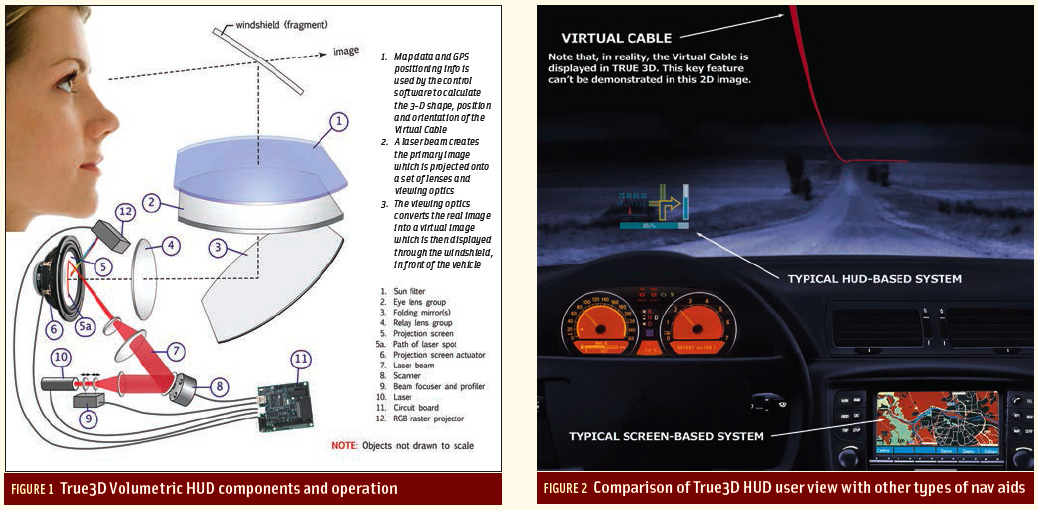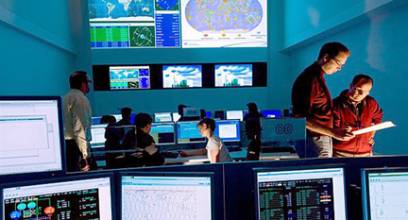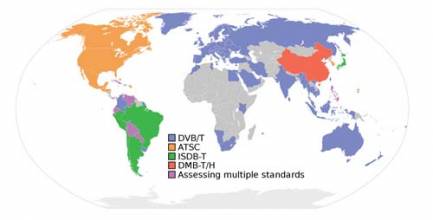Advanced Receiver Processing of GNSS Signals: NavtechGPS
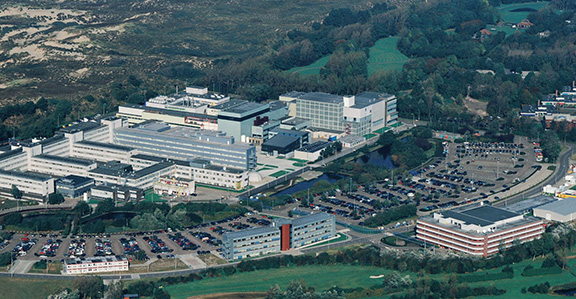 European Space Agency’s ESTEC in Noordwijk
European Space Agency’s ESTEC in Noordwijk European Space Agency’s ESTEC in Noordwijk
European Space Agency’s ESTEC in NoordwijkNavtechGPS will offer a four-day public venue course from March 5 though 8 at the European Space Agency’s Space Research and Technology Center (ESA/ ESTEC) in Noordwijk, Netherlands.
"Advanced Receiver Processing of GNSS Signals" (Course 541) will be taught by John Betz, MITRE and James Sennott, Tracking and Imaging Systems, Inc.
By Inside GNSS
